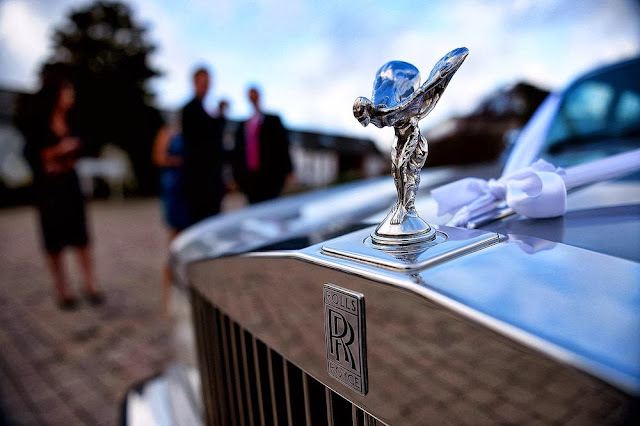The Spirit of Ecstasy-Rolls Royce
The Spirit of Ecstasy-Rolls Royce
The famous mascot was created in 1911 when artist Charles Sykes was commissioned to illustrate the year's sales catalogue. Sykes drew a girl with arms outstretched, holding her flowing gown, and the figurine became known as 'The Spirit of Ecstasy', although she was originally called 'The Spirit of Speed' and also known as 'The Flying Lady' or 'The Silver Lady'. The Spirit of Ecstasy is one of the most well known motor car mascot in the world. Designed by Charles Robinson Sykes, The Spirit of Ecstasy has adorned the radiators of Rolls-Royce motor cars since 1911. This wonderful mascot was modelled after a young woman who had bewitching beauty, intellect and esprit - but not the social status which might have permitted her to marry the man with whom she had fallen in love.
Eleanor Velasco Thornton
A member of this circle of friends was the sculptor Charles S.Sykes. Lord Montagu ordered the creation of a special mascot for his Rolls-Royce Silver Ghost. The small statue depicted a young woman in fluttering robes having placed one forefinger to her lips. The sculptor had chosen Eleanor Thornton as model for this figurine, which was christened "The Whisper".
Lord Montagu had made the decision to put a mascot on top of the radiator, and it had become a fashion. Rolls Royce had noted other owners of their cars following the new vogue, but doing so with questionable style by choosing mundane or even risqué and vulgar subjects.
Following Lord Montagu's commission, Charles Sykes was asked to create a mascot which in future would adorn every Rolls-Royce. In February 1911 he presented the "Spirit of Ecstasy", which was easily recognizable as being a variation on the theme of "The Whisper". The similarity was hardly coincidental because the model for both had been Miss Thornton.
The Spirit of Ecstasy was delivered by the Company with every Rolls-Royce.
Spirit of Ecstasy
From 1911 to 1914 the Spirit of Ecstasy was silver-plated and thus many thought it a massive piece of precious metal - one reason for the frequent thefts. In smaller versions, and now made from highly polished nickel alloy, the radiator decoration has stood its ground on every Rolls Royce, including those in the present range.
Royce did not like the Spirit of Ecstasy, which he judged her to be just a fashionable bauble and complained that she spoiled the clear line of the car's bow. The order to create the sculpture was given during the chief engineer's illness and had been absent. Thus it became a habit that Rolls-Royce cars used by Royce were rarely driven with a mascot in place.
Towards the end of the twenties the new body line of Sports Saloons had reduced the height of the coachwork. Royce was prompted to think about a lower variation of the Spirit of Ecstasy, by which alteration a driver might benefit from clear vision even with the windscreen lower and his seating position reduced in turn. Sykes created a kneeling version of the mascot, which fulfilled this requirement.
The kneeling version remained after the Second World War for the new Silver Wraith and Silver Dawn. All following models, however, sported a standing mascot, although this has now been reduced in size considerably compared to the old one.
The nickname "Emily" is widespread and Americans speak of the "Silver Lady" or the "Flying Lady".
In 1920 Rolls-Royce had taken part in a competition in Paris for the most apposite mascot in the world. This they did with a gold-plated Spirit of Ecstasy, which secured Rolls-Royce first place. From then on gold-plated versions of the Spirit of Ecstasy were available from the company at an extra charge.
The woman who had been the model for the radiator decoration, was not to appreciate its success. Eleanor Thornton lost her life when, on 30 December 1915, on the SS Persia, while on passage to India, was torpedoed off Crete by a German submarine. She had been accompanying Lord Montagu who had been directed to take over a command in India. He was thought to have been killed, too, but survived and was rescued a few days later by another ship. On his return to England he read the obituary articles in the newspapers about his own demise.




Comments
Post a Comment